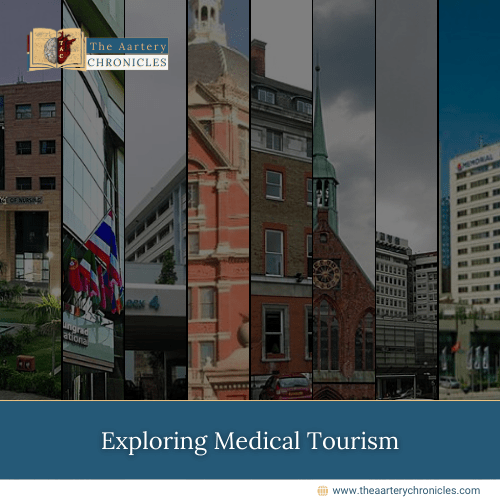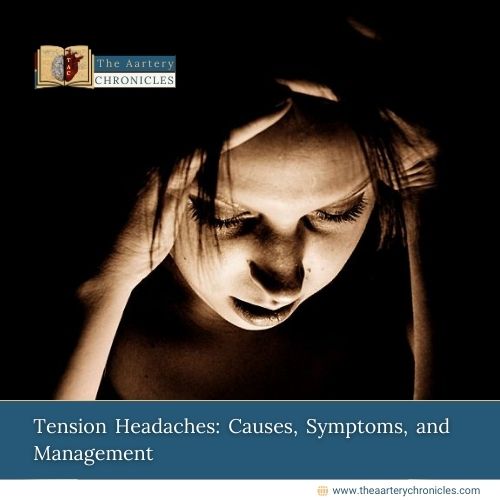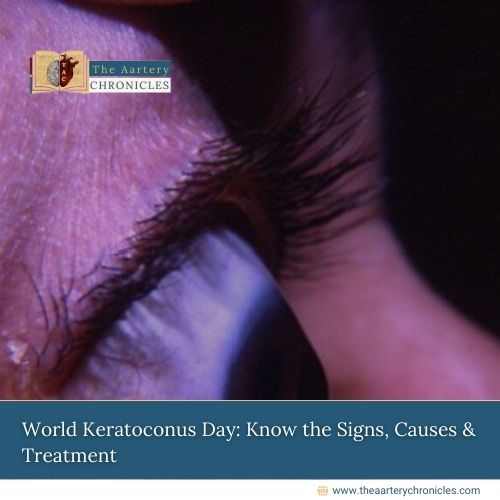
Helmets as a Lifesaving Measure for Head Injury Prevention
The Crucial Medical Perspective
From a medical standpoint, helmets are indispensable tools for preventing head injuries and preserving lives. As healthcare professionals witness the devastating consequences of head trauma, they consistently advocate for the widespread adoption of helmets across various activities. This blog provides an in-depth medical perspective on the importance of helmets in preventing head injuries and emphasizes their role as crucial protective gear.
The Gravity of Head Injuries
Protecting the Brain
Bicycle Safety
Protection
Sports Safety
Motorcycle helmets are indispensable for riders and passengers alike. They offer comprehensive head protection, shielding against potential injuries in accidents. Studies consistently demonstrate that wearing a motorcycle helmet substantially reduces the risk of head trauma, brain damage, and fatal outcomes in crashes.
Promoting Helmet Use and Safety Measures:
Proper Fit and Quality:
Wearing a helmet is not enough; it must fit properly and meet safety standards. Helmets should be snug, without excessive movement, and positioned correctly to provide optimal protection. Look for helmets certified by recognized safety organizations, ensuring they meet established quality standards.
Education and Awareness:
Raising awareness about the importance of helmets and their proper use is vital. Educational campaigns, community initiatives, and public service announcements can help instill a culture of helmet-wearing, promoting safety as a top priority. Teaching children and adults about the risks of head injuries and the role helmets play in prevention is crucial.
Setting an Example:
Parents, guardians, and role models play a significant role in promoting helmet use. By consistently wearing helmets themselves and encouraging others to do the same, they set a positive example for children and inspire safer practices within their communities.

Understanding the Devastating Impact of Head Injuries:
Traumatic Brain Injuries (TBIs):
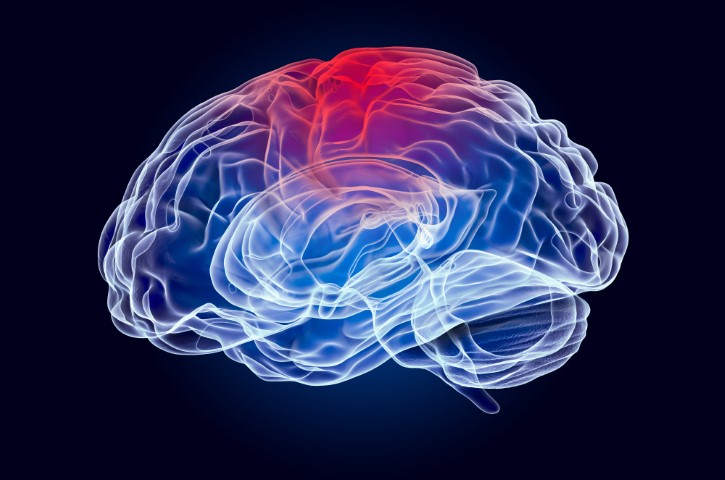
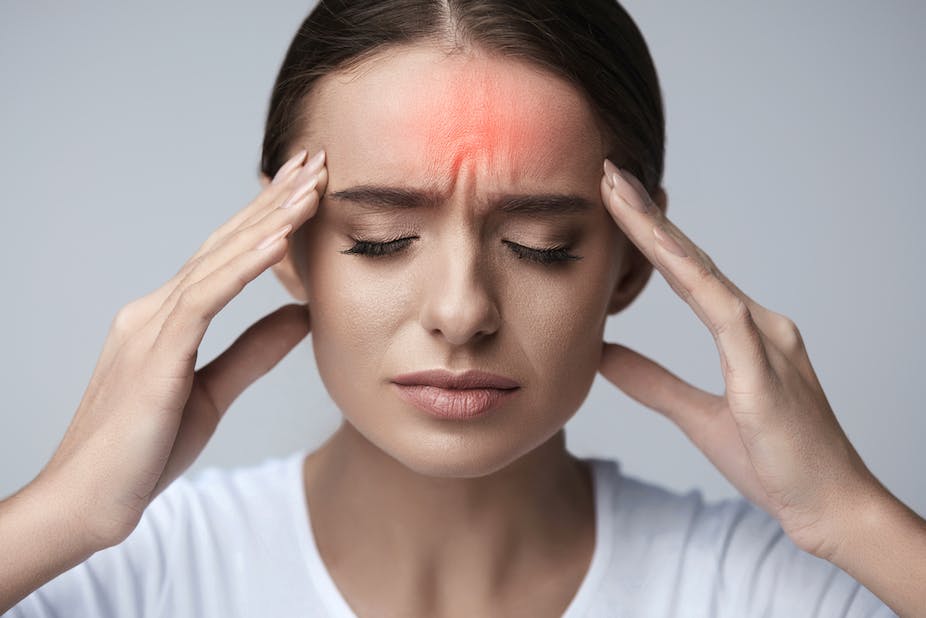
Long-Term Consequences:
The Role of Helmets in Preventing Head Injuries:
Absorbing and Dispelling Impact Forces:

Energy Dissipation and Distribution:

Preventing Penetrating Injuries:

Stabilizing and Restraining the Head:

Advocacy for Helmet Use:
Research and Innovation:
Conclusion
From a medical standpoint, helmets are not mere accessories; they are lifesaving devices that significantly reduce the risk of head injuries and their devastating consequences. Through their ability to absorb impact forces, dissipate energy, and protect against penetrating injuries, helmets play an essential role in safeguarding individuals from head trauma and traumatic brain injuries.
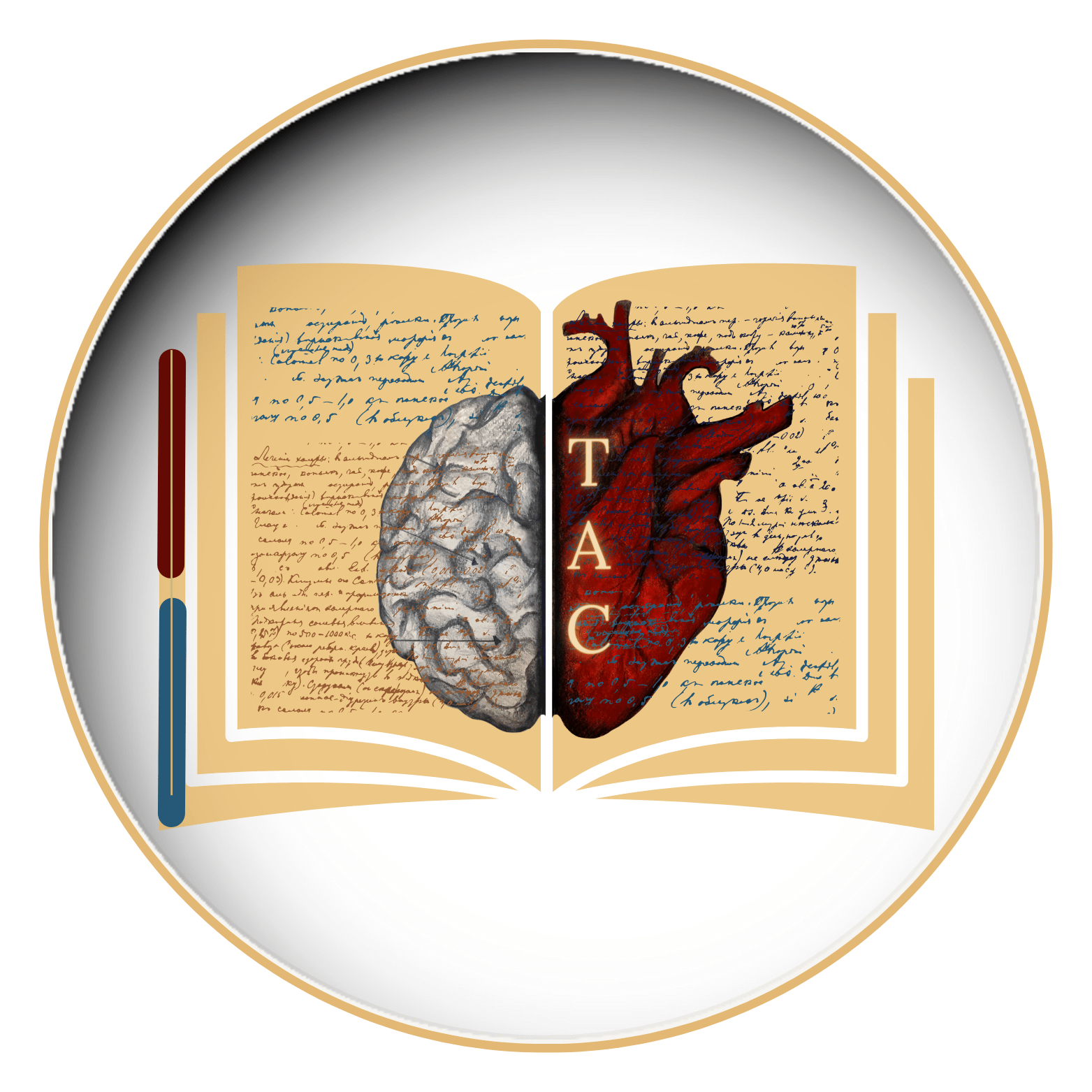
TAC Desk

